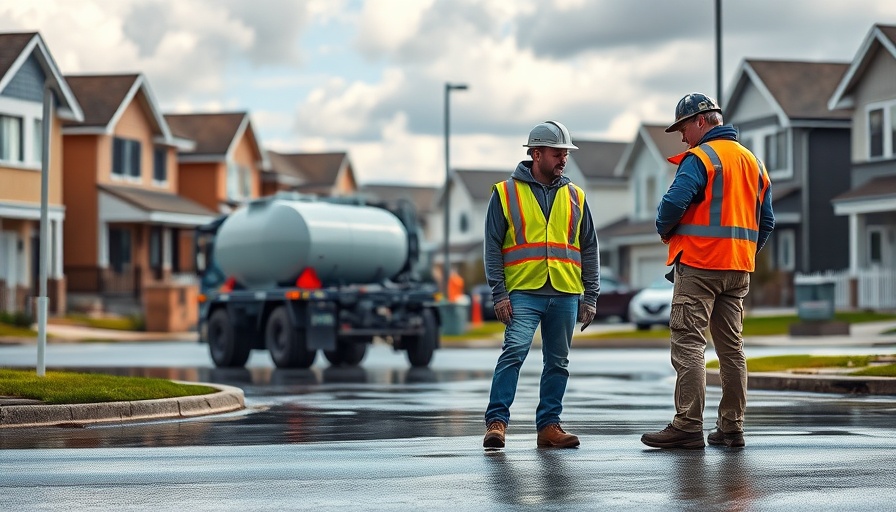
Flooding in El Paso: A Persistent Dilemma
El Paso’s dry climate seems paradoxical against the backdrop of frequent flooding that disrupts neighborhoods. With only 1.85 inches of rain logged by mid-July 2025, recent storms have wreaked havoc in places like the Palomino neighborhood. This discrepancy raises a vital question: why do storms lead to flooding in a city that typically sees so little precipitation?
Understanding El Paso's Soil Challenges
The answer lies primarily in the region’s unique soil composition. Unlike cities such as Houston, where the ground can absorb significant amounts of rainfall—averaging 50 inches yearly—El Paso’s rocky, loose soil forces water to flow rather than seep in. Tom Bird, a forecaster with the National Weather Service, emphasizes this susceptibility: “We’re very prone to flash flooding because we don’t have underground drainage. The water collects in canyons and arroyos, putting residential areas at risk.”
Community Responses and Future Solutions
Recent flash floods have prompted local officials, including District 4 Rep. Cynthia Boyar Trejo, to take action. In her area, heavy equipment was deployed to pump standing water and alleviate potential mosquito threats. The collaboration between the city and El Paso Water aims to create better drainage systems in areas worst affected by the recent flooding.
What Can Be Done?
As residents grapple with the aftermath of the storms, the community is learning that improved drainage infrastructure is crucial. While stormwater fees are increasing, it remains to be seen if they will fund projects that will sufficiently mitigate flood risks in the future. Local engagement and investment in strategic improvements will be essential in addressing the existing vulnerabilities exposed by recent weather events.
 Add Row
Add Row  Add
Add 




Write A Comment